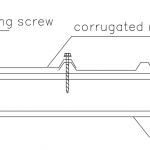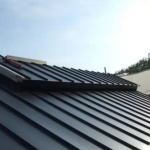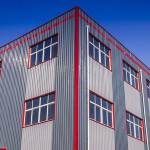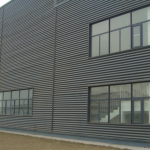Mobile: 8613421351153
PIR sandwich panels revealed (1)
Building materials market, a wide range of insulation products, dazzling. PIR sandwich panel , rock wool sandwich panel, EPS insulation board, XPS insulation board and many other products, these are common insulation products we encounter in our daily work. These products have different performance, and each has its advantages and disadvantages. But how to make a sensible and appropriate choice in these insulation products?
When evaluating insulation materials, we need to consider the overall performance and long term benefits of the envelope, and there is no doubt that PIR sandwich panel is the best solution for you. PIR sandwich panel is the most cost-effective insulation that is energy efficient and ensures longevity of the roof and walls.
Thermal Performance – Thermal Resistance
Thermal resistance is a measure of a material’s ability to resist the flow of heat. It is the inverse of thermal conductance, which is a measure of how easily heat can pass through a material. The unit used to measure thermal resistance is called R-value, and it is expressed in units of square meters kelvin per watt (m²K/W). The higher the R-value, the better the insulation of a material, meaning it can resist the flow of heat more effectively.
Most of the thermal insulation products, such as rock wool sandwich panels and EPS sandwich panels, will be smaller and smaller as the temperature rises, PIR sandwich panels are different, its thermal resistance with the temperature into an approximate quadratic curve, the first rise and then fall. Therefore, thermal insulation manufacturers will deliberately emphasize its low-temperature thermal resistance value, to prove the thermal insulation products in the thermal resistance value of the performance differences. The following figure shows the thermal resistance curves of three common insulation materials at different outdoor temperatures as measured by SDPanel.
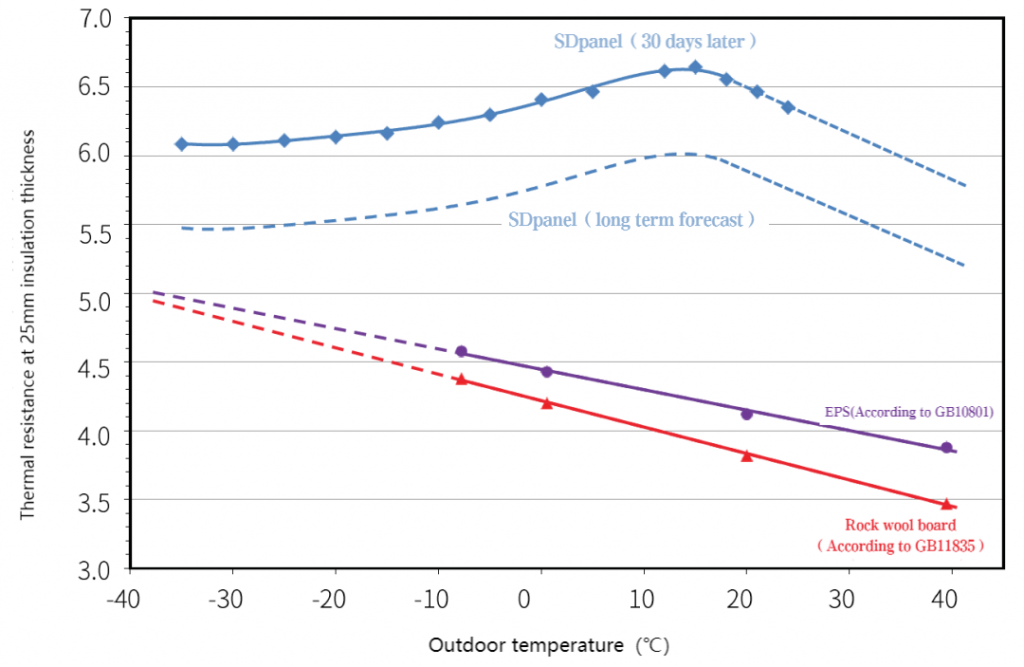
As mentioned earlier, the thermal resistance values of EPS insulation boards and rock wool boards are linearly and negatively correlated with temperature. According to Schumacher’s scientific and technical literature, “Temperature on the performance of insulation products research”, published in June 2015 in Building Canada, it is also concluded that the thermal resistance value is still linearly related to temperature at low temperatures, which is due to the fact that the still air at low temperatures is the main factor affecting the thermal performance of insulation products.
In a specific application environment, with the same insulation thickness, the temperature keeps rising, the thermal resistance of SDPanel’s PIR sandwich panels first becomes gradually larger with the temperature, and then gradually becomes smaller after reaching the peak value. It can be seen that, in the daily building insulation temperature (outdoor temperature -20 ℃ to 40 ℃) range, the same insulation thickness design, SDPanel’s PIR sandwich panels thermal resistance is always higher than the EPS and rock wool sandwich panels, heat preservation and energy saving effect is also better.
In summary, PIR sandwich panels with EPS sandwich panels, rock wool sandwich panels compared to the thermal performance is more excellent, better insulation performance, can better improve energy efficiency, reduce energy consumption.

